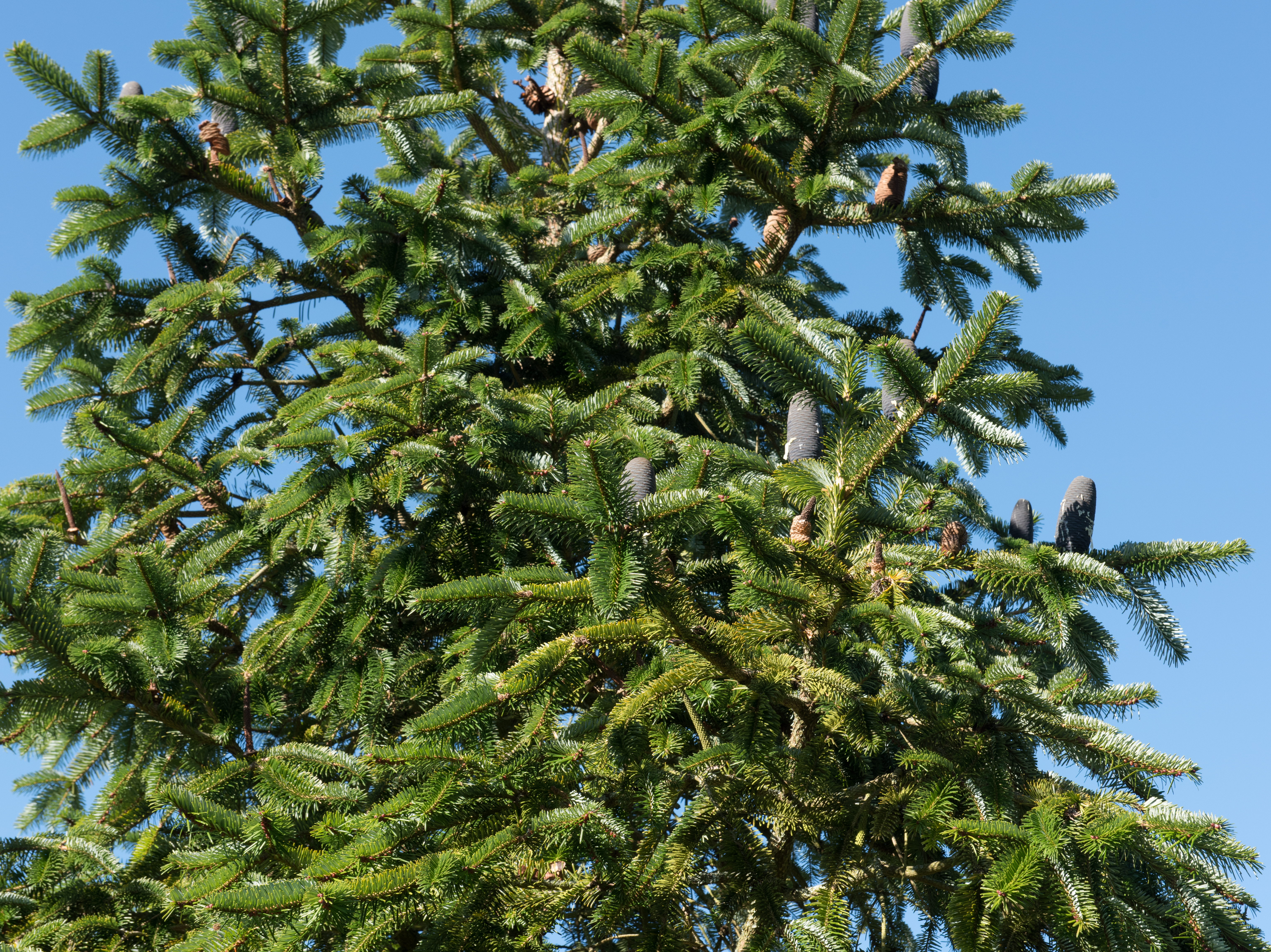East Himalayan fir
(Abies spectabilis)

Description
Abies spectabilis, the East Himalayan fir, is a conifer species in the family Pinaceae and the genus Abies. It is sometimes held to include the Bhutan fir (A. densa) as a variety. It is found in Afghanistan, China (Tibet), northern India, Nepal, and Pakistan. It is a large tree, up to 50 m (160 ft) tall. Abies spectabilis has a wide distribution, but it has suffered from logging and deforestation, especially at the lower elevations. In 2011, IUCN assessed it as "Near Threatened". Abies spectabilis is a species of Plantae in the genus Tracheophyta, first described by David Don, and given the simplified Asian name by Charles-François Brisseau de Mirbel. Abies spectabilis belongs to the genus Abies, and the family Pinaceae. The IUCN classifies the species as endangered. Firs (Abies) are a genus of 48–56 species of evergreen coniferous trees in the family Pinaceae. They are found through much of North and Central America, Europe, Asia, and North Africa, occurring in mountains over most of the range. Firs are most closely related to the genus Cedrus (cedar). Douglas firs are not true firs, being of the genus Pseudotsuga. The genus name is derived from the Latin "to rise" as a reference to their height. The common English name originates with the Old Norse, fyri, or the Old Danish, fyr. They are large trees, reaching heights of 10–80 m (33–262 ft) tall with trunk diameters of 0.5–4 m (1 ft 8 in – 13 ft 1 in) when mature. Firs can be distinguished from other members of the pine family by the way in which their needle-like leaves are attached singly to the branches with a base resembling a suction cup, and by their cones, which, like those of true cedars (Cedrus), stand upright on the branches like candles and disintegrate at maturity. Identification of the different species is based on the size and arrangement of the leaves, the size and shape of the cones, and whether the bract scales of the cones are long and exserted, or short and hidden inside the cone. Firs can be distinguished from other members of the pine family by the unique attachment of their needle-like leaves to the twig by a base that resembles a small suction cup. The leaves are significantly flattened, sometimes even looking like they are pressed, as in A. sibirica.
Taxonomic tree:







